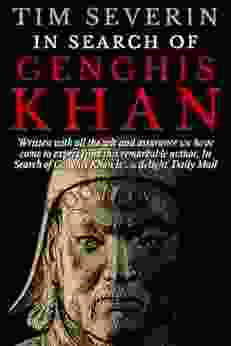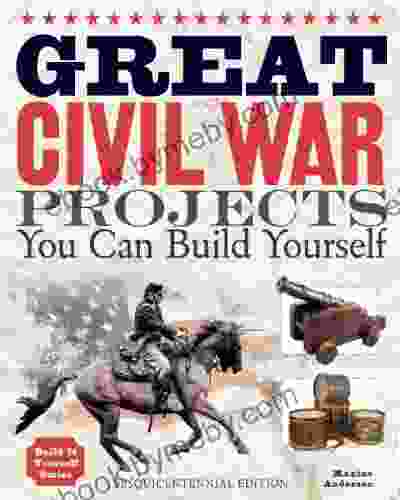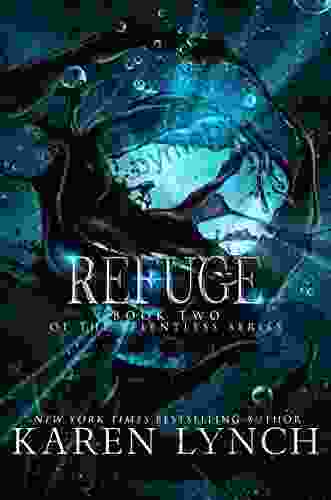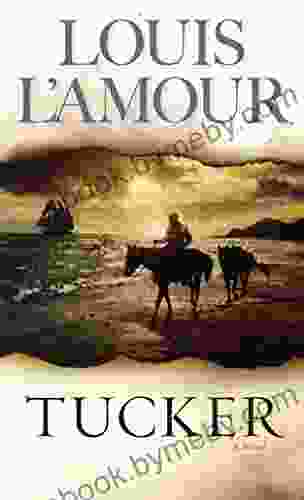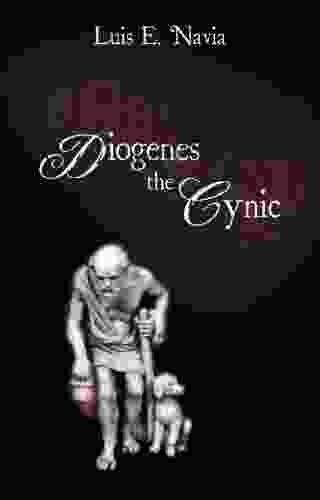In Search of Genghis Khan: Unlocking the Enigma of the Mongol Empire

4.1 out of 5
| Language | : | English |
| File size | : | 5614 KB |
| Text-to-Speech | : | Enabled |
| Enhanced typesetting | : | Enabled |
| Word Wise | : | Enabled |
| Print length | : | 282 pages |
| Lending | : | Enabled |
| Screen Reader | : | Supported |
A Journey Through Time and Legend
In the annals of history, few figures loom as large as Genghis Khan, the legendary Mongol emperor who forged one of the largest and most formidable empires the world has ever known. His name still resonates with power and intrigue centuries after his death, inviting scholars, historians, and adventurers alike to embark on a quest to uncover the enigmatic secrets of his life and legacy.
In this captivating article, we delve into the fascinating world of Genghis Khan, exploring the latest archaeological discoveries, historical accounts, and anthropological insights that shed new light on his extraordinary story. From his humble beginnings as a young chieftain to his rise to the throne and the unparalleled conquests that extended his empire from the steppes of Mongolia to the gates of Europe, we delve into the complexities of his character, the strategies behind his military victories, and the cultural impact of his reign.
The Enigma of Genghis Khan
Temüjin, later known as Genghis Khan (meaning "Universal Ruler"),was born around 1162 into a nomadic Mongol tribe. His early life was marked by hardship and strife, including the murder of his father by a rival clan. Driven by a fierce determination and an unwavering ambition, Temüjin rose through the ranks, uniting the scattered Mongol tribes and founding the Mongol Empire in 1206.
Genghis Khan was a brilliant military strategist and an exceptional leader. He implemented a strict code of laws, known as the Yassa, which emphasized discipline, loyalty, and meritocracy within his army. His innovative military tactics, including the use of cavalry archers and the creation of a highly mobile and adaptable force, gave him an overwhelming advantage over his enemies.
Conquests and Expansion
Under Genghis Khan's leadership, the Mongol Empire embarked on a series of unprecedented conquests that rapidly expanded its territory. From 1211 to 1227, the Mongols swept across the steppes of Central Asia, conquering the vast Khwarazmian Empire and establishing control over Persia, Afghanistan, and parts of modern-day Pakistan and India.
In 1223, Genghis Khan launched his infamous campaign into Europe, targeting the Russian principalities and the Kingdom of Hungary. His armies ravaged vast regions, leaving a trail of destruction and terror in their wake. Although the Mongols eventually withdrew from Europe, their conquests had a profound impact on the political and cultural landscape of the continent.
Legacy and Impact
Genghis Khan died in 1227, but his legacy continued to shape the course of history. His empire, which stretched from the Pacific Ocean to the Danube River, was the largest contiguous land empire in history. Its impact was far-reaching, influencing trade, diplomacy, and cultural exchange across Eurasia.
The Mongol Empire facilitated the Silk Road trade routes, connecting East and West and fostering the exchange of ideas, goods, and technologies. Under Mongol rule, religious tolerance was promoted, and scholars and artisans from different cultures flourished. The Pax Mongolica, a period of relative peace and stability, allowed for economic growth and cultural advancements.
Genghis Khan's military prowess and leadership skills continue to be studied and admired by military historians and strategists today. His legacy as a conqueror and empire-builder remains a subject of fascination and debate, with scholars seeking to unravel the secrets behind his extraordinary success.
Archaeological Discoveries
In recent decades, archaeological discoveries have shed new light on the life and reign of Genghis Khan. Excavations in Mongolia and across the former Mongol Empire have uncovered ancient cities, burial sites, and artifacts that provide valuable insights into the culture, technology, and daily life of the Mongols.
One of the most significant discoveries was the excavation of Genghis Khan's mausoleum in the Khentii Mountains of Mongolia. The tomb, which had remained undisturbed for centuries, contained a wealth of artifacts, including gold and silver jewelry, weapons, and horse trappings. These findings have offered invaluable clues about the burial practices and beliefs of the Mongol elite.
Exploring Genghis Khan's World
For those seeking to immerse themselves in the enigmatic world of Genghis Khan, there are numerous opportunities to explore the historical sites and cultural traditions connected to his legacy. From visiting the vast steppes of Mongolia, where his empire originated, to tracing the path of his conquests across Central Asia and Europe, there are countless ways to connect with the history and heritage of the Mongols.
For adventurers seeking a more immersive experience, horseback riding through the Mongolian countryside offers a unique opportunity to experience the landscape that shaped Genghis Khan's life. Visitors can also attend festivals and cultural events that celebrate the Mongol heritage, showcasing traditional music, dance, and cuisine.
Genghis Khan remains one of the most captivating and enigmatic figures in human history. His life, conquests, and enduring legacy continue to inspire awe and fascination centuries after his death. Through archaeological discoveries, historical accounts, and anthropological insights, we continue to unravel the secrets of his extraordinary world.
Whether you are a history buff, an adventurer, or simply curious about the impact of one of the greatest conquerors in history, the journey in search of Genghis Khan offers a profound opportunity to explore the intricacies of human ambition, the complexities of cultural exchange, and the enduring legacies that shape our world.
4.1 out of 5
| Language | : | English |
| File size | : | 5614 KB |
| Text-to-Speech | : | Enabled |
| Enhanced typesetting | : | Enabled |
| Word Wise | : | Enabled |
| Print length | : | 282 pages |
| Lending | : | Enabled |
| Screen Reader | : | Supported |
Do you want to contribute by writing guest posts on this blog?
Please contact us and send us a resume of previous articles that you have written.
 Book
Book Novel
Novel Page
Page Chapter
Chapter Text
Text Story
Story Genre
Genre Reader
Reader Library
Library Paperback
Paperback E-book
E-book Magazine
Magazine Newspaper
Newspaper Paragraph
Paragraph Sentence
Sentence Bookmark
Bookmark Shelf
Shelf Glossary
Glossary Bibliography
Bibliography Foreword
Foreword Preface
Preface Synopsis
Synopsis Annotation
Annotation Footnote
Footnote Manuscript
Manuscript Scroll
Scroll Codex
Codex Tome
Tome Bestseller
Bestseller Classics
Classics Library card
Library card Narrative
Narrative Biography
Biography Autobiography
Autobiography Memoir
Memoir Reference
Reference Encyclopedia
Encyclopedia Mark Anthony Rolo
Mark Anthony Rolo Marc Foster
Marc Foster Zachery Knowles
Zachery Knowles Scott Fratcher
Scott Fratcher Kelly Grettler
Kelly Grettler Mac Fortner
Mac Fortner Susan R Stoltz
Susan R Stoltz Ruta Nonacs
Ruta Nonacs Tom Burgis
Tom Burgis Tony Abbott
Tony Abbott Martin Mobraten
Martin Mobraten Mitchell Stephens
Mitchell Stephens Paul Reid
Paul Reid Katharine Mcgee
Katharine Mcgee Kate Saller
Kate Saller Meena Harris
Meena Harris Susan Straub
Susan Straub Kevin Howell
Kevin Howell Kemp Powers
Kemp Powers Michael Lantrip
Michael Lantrip
Light bulbAdvertise smarter! Our strategic ad space ensures maximum exposure. Reserve your spot today!
 Colin RichardsonFollow ·7.3k
Colin RichardsonFollow ·7.3k Ernesto SabatoFollow ·7.8k
Ernesto SabatoFollow ·7.8k Angelo WardFollow ·5.2k
Angelo WardFollow ·5.2k Bryan GrayFollow ·6.6k
Bryan GrayFollow ·6.6k Anthony BurgessFollow ·2.6k
Anthony BurgessFollow ·2.6k Chadwick PowellFollow ·8.7k
Chadwick PowellFollow ·8.7k Chad PriceFollow ·19.4k
Chad PriceFollow ·19.4k Ashton ReedFollow ·10.1k
Ashton ReedFollow ·10.1k

 George Orwell
George OrwellPandemic with Dogs: Two Essays
By Susannah Charleson In the midst of...
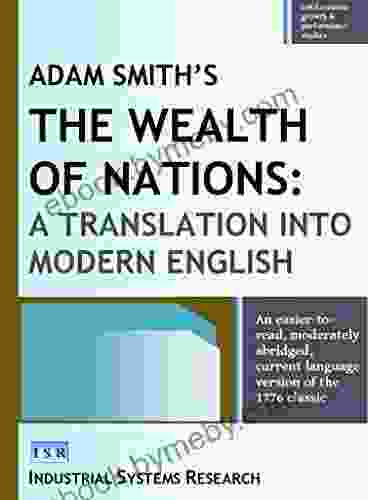
 Leo Mitchell
Leo MitchellAdam Smith's The Wealth of Nations: A Classic Treatise on...
Adam Smith's The...
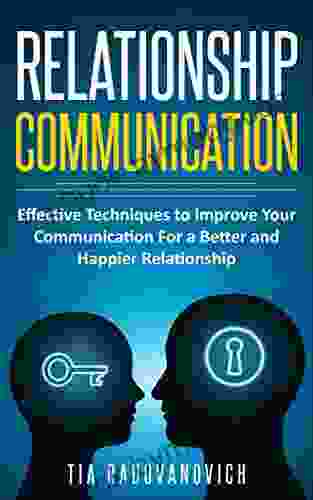
 Cade Simmons
Cade SimmonsUnlock Your Communication Potential: Effective Techniques...
Communication is a fundamental...
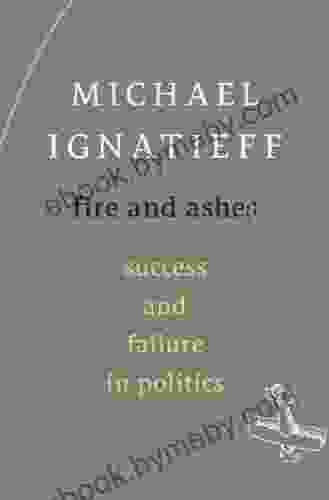
 Floyd Richardson
Floyd RichardsonFire and Ashes: Success and Failure in Politics
Fire and Ashes: Success and...

 Oliver Foster
Oliver FosterUnlock the Enchanting Mystery of Ken Follett's "The Key...
Embark on a captivating literary journey into...
4.1 out of 5
| Language | : | English |
| File size | : | 5614 KB |
| Text-to-Speech | : | Enabled |
| Enhanced typesetting | : | Enabled |
| Word Wise | : | Enabled |
| Print length | : | 282 pages |
| Lending | : | Enabled |
| Screen Reader | : | Supported |


